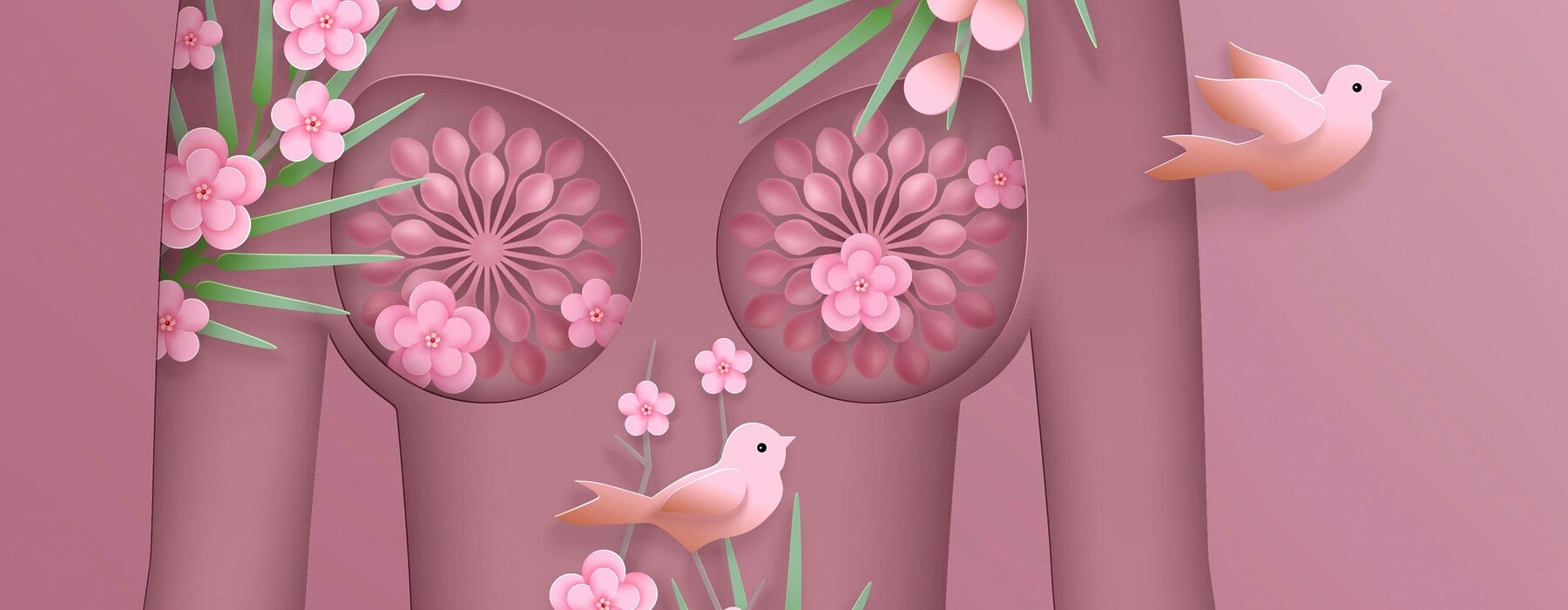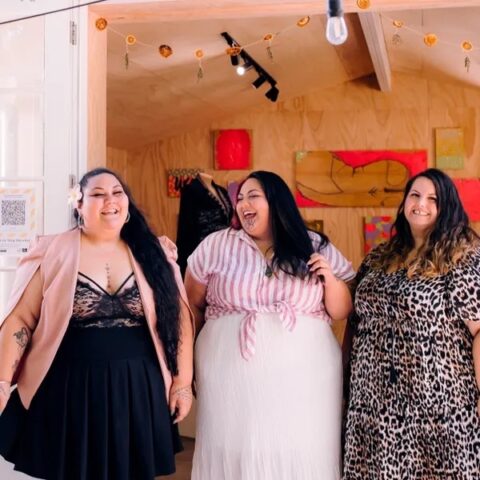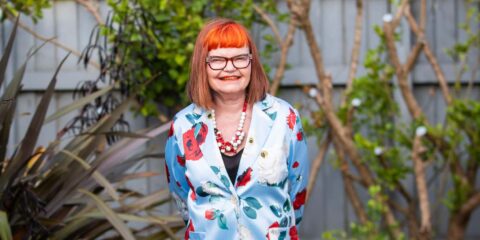Nine women are diagnosed with breast cancer in NZ every day. Niki Bezzant speaks to one of those women and shares advice on how you can protect yourself against this deadly disease.
Catherine Sunmex didn’t think she needed to worry about mammograms.
“I was just in the mindset that I didn’t need them,” she explains. “There was no breast cancer in my family and I just thought it would never happen to me.”
The 55-year-old high school teacher says she’d been healthy all her life, and hardly ever went to the doctor. But that changed in 2018.
“I went on an overseas trip and had dieted to lose some weight. I managed to lose 10kg. I was also going through menopause at the time. When I noticed a skin change in my left breast, I ignored it, thinking it was related to either the weight loss or menopause. Then one day after a shower, I felt a lump.”
Things happened quickly after that: mammogram, biopsy, surgeries. After her mastectomy, Catherine had a year of chemotherapy and radiation therapy, some of it made much harder due to the fact it happened during 2020’s Level 4 lockdown.
Catherine is one of the nine women who are diagnosed with breast cancer in Aotearoa every day. The Breast Cancer Foundation NZ says breast cancer is the most common cancer for Kiwi women and the third most common cancer overall. We lose more than 650 Kiwi women a year to the disease.
Know your own breasts
October is Breast Cancer Awareness Month, which is a good time to take action on your own breast health. That means being breast aware: knowing your own breasts, and keeping an eagle eye out for anything that looks and feels wrong. It’s noticing these changes – and acting on them – that can make the difference between positive and negative outcomes.
Catherine says if she’d known a lump wasn’t the only symptom to look out for, things may have been a lot different for her.
“If I’d acted more quickly on that skin change, my breast cancer could have been detected much earlier and I could have gotten away with just a lumpectomy and not needed chemo or radiation,” she says. “I was pretty ignorant then, thinking a lump was the only symptom. Now I want other women to know that a lump isn’t the only symptom of breast cancer and there are many other changes you need to act on.”
A lump isn’t the only symptom of breast cancer and there are many other changes you need to act on.
Those changes include:
- Any new lump or thickening
- An inverted nipple
- Crustiness, bleeding or other changes to the nipple
- A reddened, orange-peel skin
- Unusual pain or a shape change to the breast.
See your doctor if you have any of these, or anything else you feel is not right for your breasts.
We should be breast aware from our twenties onwards, and make sure that from 45 onwards we’re enrolled in the BreastScreen programme for regular mammograms.
When cancers are picked up via mammogram, they’re much more treatable. The 10-year survival rate is much higher – 92% compared to 75% if a cancer is found after a woman finds a lump.
Wāhine Māori should be extra vigilant; you are 35% more likely to be diagnosed with breast cancer and 65% more likely to die from it, but when cancers are found on a mammogram, the 10-year survival rate is the same as for Pākehā women.
Catherine is free of cancer now, but will struggle for life with lymphoedema, swelling and pain which often develops after having lymph nodes removed. She says it means she has trouble with fine motor skills, “like doing up jewellery or peeling a carrot”. She has regular therapy, which she has to prioritise in her budget.
“For the rest of my life, I’ll need to wear compression garments and try to keep lymphoedema under control,” she says.
Catherine is hugely grateful for the support she’s received from the Breast Cancer Foundation NZ.
“The funding for lymphoedema therapy and PINC Pilates, the phone calls from the nurses, the webinars and the network I’ve found through the Mybc app have all been so wonderful,” she says. “My husband Garry and I couldn’t believe the amount of support that’s out there. It’s meant a lot for my mental wellbeing.”
How to lower your risk of breast cancer
Some risk factors for breast cancer we can’t do anything about (age, family history, breast density) but there are some we can control.
The main ones are:
- Being overweight or obese (especially after menopause): Carrying excess weight increases breast cancer risk, so taking steps to stay in a healthy weight range can help, no matter how old you are, especially as any weight we gain before we hit menopause can be harder to shift as we get older.
- Alcohol consumption: No matter what we hear about its benefits, even moderate alcohol use is bad news for breast cancer risk. Stick to one drink a day or less.
- Inactivity: Moving our bodies has many benefits, but getting sweaty regularly also means we’ll lower our risk of breast cancer. Try and get at least 20 minutes a day of moderate activity. If you can, add in some higher-intensity stuff as well.
For more information on breast cancer and how you can get involved with Breast Cancer Awareness Month, visit breastcancerfoundation.org.nz








